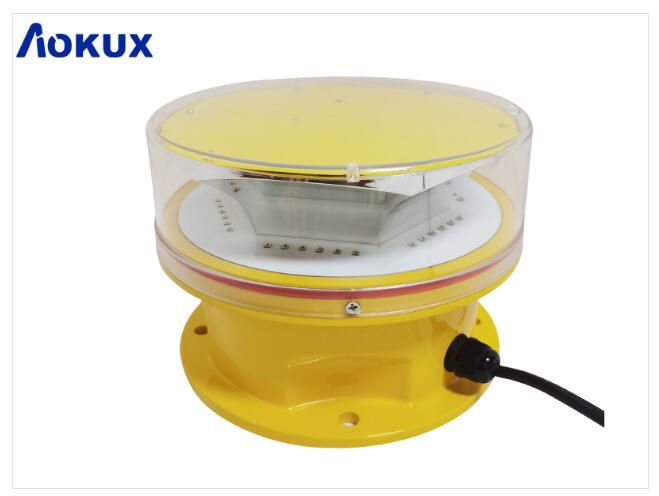
L864 light is a crucial component of aviation navigation and safety systems, designed to provide visibility and guidance for aircraft operations during nighttime or low-visibility conditions. This article will delve into the essential features, functions, regulations, and advancements related to L864 lights, highlighting their significance in ensuring safe and efficient air travel.
Key Features of L864 Lights:
L864 lights, commonly known as medium-intensity obstruction lights, are used to mark tall structures such as communication towers, wind turbines, and buildings that may obstruct aircraft flight paths. These lights emit a steady or flashing red light, ensuring their clear visibility to pilots. L864 lights are equipped with high-intensity LED bulbs that offer excellent visibility, reliability, and energy efficiency. The lights are designed to withstand harsh weather conditions, including extreme temperatures, high winds, and heavy precipitation, ensuring their continuous operation and effectiveness.

Functions and Regulations:
The primary function of L864 lights is to provide visual warnings to pilots of potential obstacles during their flight. These lights alert pilots to the presence of tall structures, enabling them to navigate safely around them, particularly during approach, landing, and takeoff. National aviation authorities, such as the Federal Aviation Administration (FAA) in the United States and the International Civil Aviation Organization (ICAO) internationally, have established regulations and standards for the installation and operation of L864 lights. These regulations specify the required light intensity, flash patterns, and other technical parameters to ensure uniformity and compliance across different aviation sectors.
Advancements in L864 Lights:
Technological advancements have significantly enhanced the efficiency and reliability of L864 lights. The transition from traditional incandescent bulbs to LED technology has revolutionized the industry. LED lights offer numerous advantages, including longer lifespan, reduced energy consumption, and improved visibility. The use of advanced control systems enables remote monitoring and maintenance of L864 lights, ensuring prompt identification and resolution of any malfunction or failure. Furthermore, the integration of automatic light intensity adjustment systems allows the lights to adapt to ambient light conditions, optimizing visibility while minimizing potential light pollution.
|
L864 Lights |
red obstruction light |
| 14 | 16 |
| 18 | 19 |